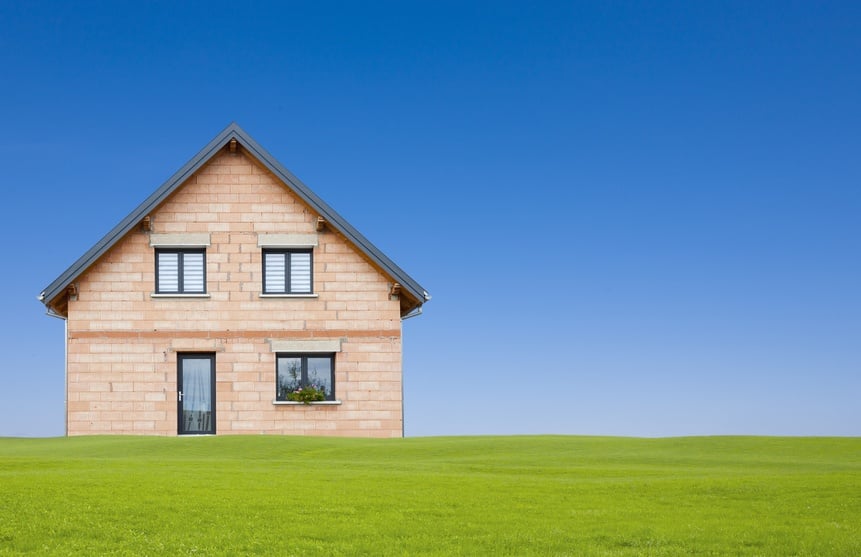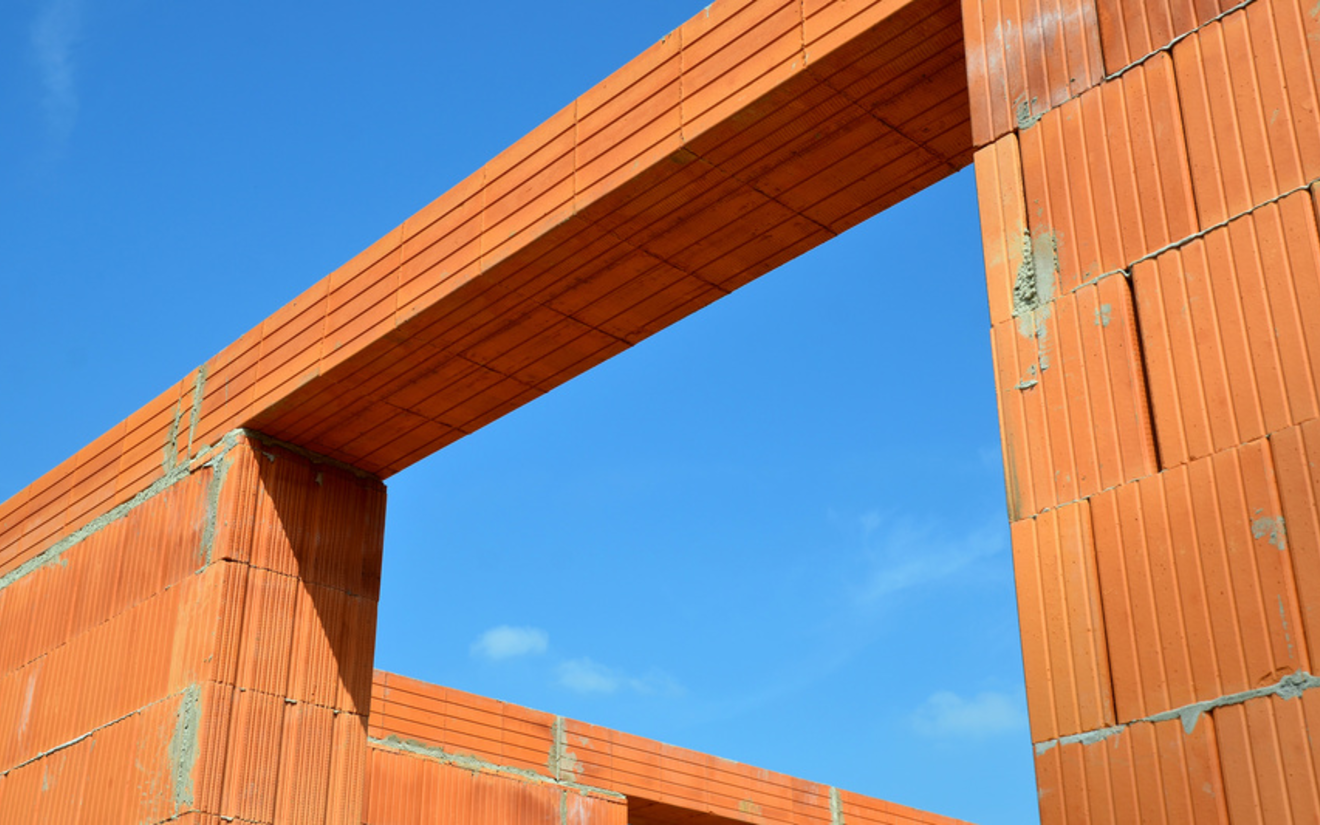When it comes to living, Germans love solid construction. At least that's what the figures of the Federal Statistic Office say. According to them, the annual share of new residential structures in solid design was always around 85% between 2000 and 2015. But what is the actual reason for this construction method? Are houses made of masonry, reinforced concrete, etc. actually better than buildings in lightweight design? Or is the German fondness for solid construction a tradition that is no longer rational today?
Solid Tradition
The half-timbered construction was actually the last structural cry in Central Europe for a long time since the 13th century. However, this changed in the 19th century with industrialization, which led to a good availability of mineral and metallic building materials and thus allowed for the first solid construction on a large scale in the first place. The usual wooden structures were promptly largely displaced and mainly solid structures were then built. Like today.
The reasons why house builders gave preference to new solid structures were quite understandable: The masonry buildings were safer and lasted longer than the fire-endangered and care-intensive half-timbered houses. Similar arguments are still used today for solid construction. In addition, there is better sound insulation and a supposedly superior thermal insulation. Only the question remains: Is it all right (still)?
Real advantages and disadvantages
The answer is: Yes and no. Solid structures consists of non-flammable materials, which is definitely an advantage over buildings made from wood, although timber structures are in no way easy fire victims. Due to their thickness, the thick walls also offer better sound protection and in principle have a higher insulating effect than the thin walls of a wooden frame structure. However, as a poor heat-conducting material, wood offers a better insulation capacity so that when used with insulation material in the gaps, thinner walls can be achieved with the same or better insulation performance.
The longer life time of solid structures is also only partially true. Unlike stone and concrete, wood can rot when moisture penetrates and thus lose its structural capabilities. That is why a botched construction job can mean the end of a timber construction already within a few years. With solid structures, however, such defects can still be ironed out later. However, traditional timber homes in Vorarlberg, for example, show that timber constructions can easily last several hundred years if the supporting parts are properly protected.
In addition to these (more or less) advantages, solid structures also have some disadvantages when considered as a whole. On the one hand, the primary energy consumption and CO2 emissions in the production of the raw materials are significantly higher than with timber structures. On the other hand, they are not regenerative and only conditionally recyclable. And then of course there is still the longer construction process due to few opportunities for prefabrication, which usually means a stronger double load for clients.

Conclusion
Solid structures therefore have their pros and cons, whereby there are fewer pros than are often assumed. Purely considering the actual advantages, the extremely high number of solid structures in Germany also cannot be explained. On the contrary, passed on prejudices seem to be responsible for this as they reveal when people say something is "solid" and thus mean something particularly enduring and continuously good.
The solid structures then have another advantage due to these prejudices: Since the market value is determined by such subjective (value) notions, solid houses in Germany are often resold for a higher price than prefabricated houses.




